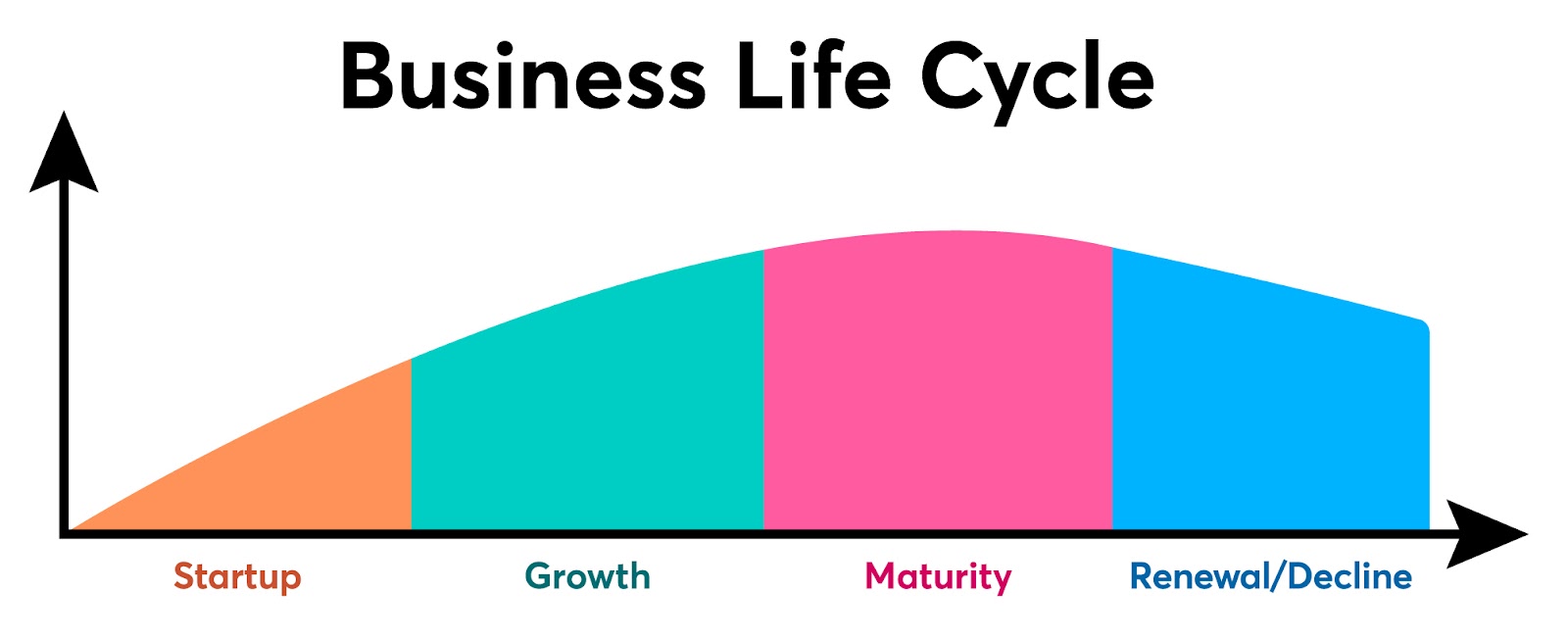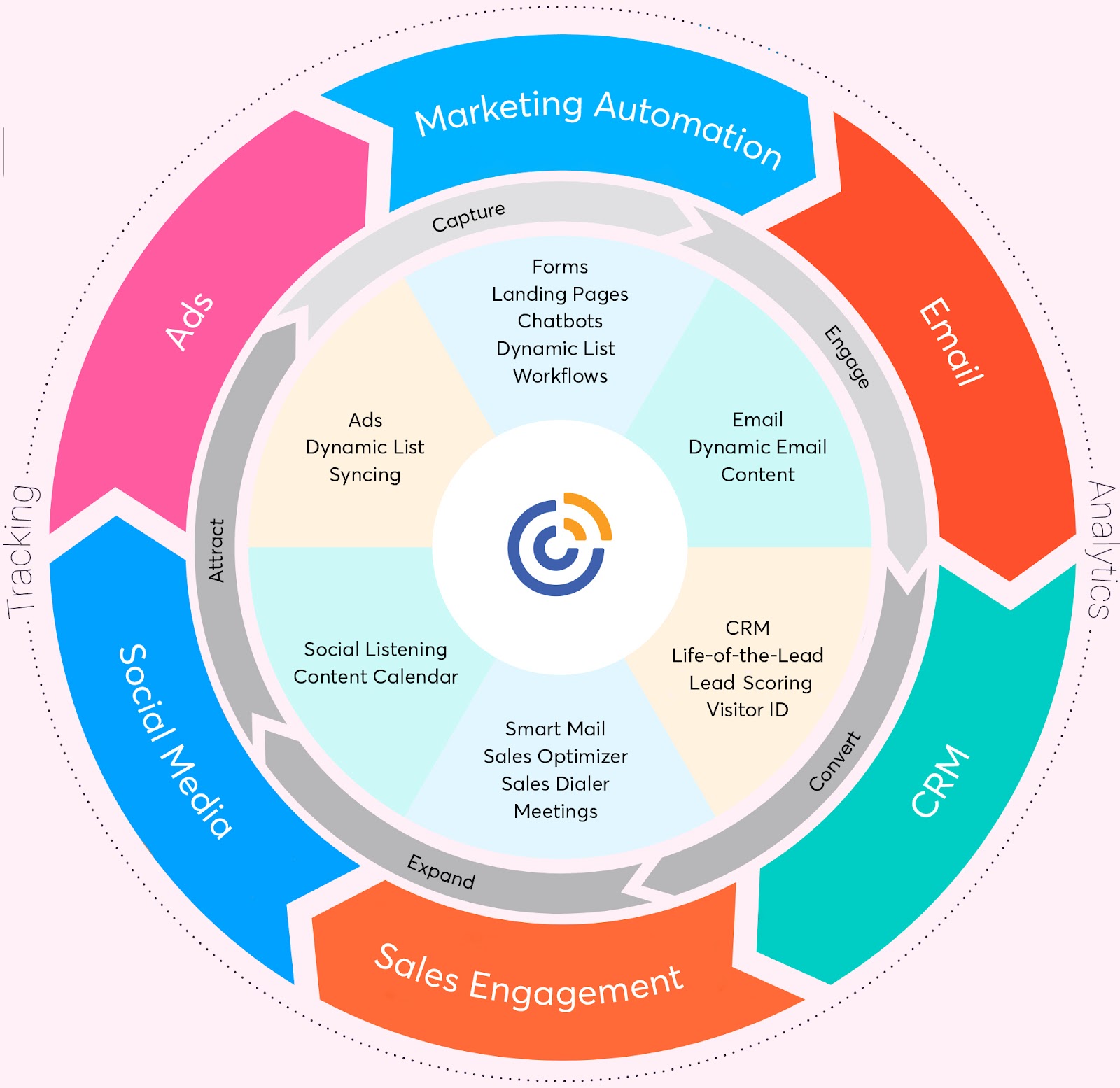
It seems like there are a ton of metrics to track when trying to improve and increase revenue for your small business. Should you focus on sales? Marketing results? Customer satisfaction and retention?
Believe it or not, you can do all of this at once if you track your revenue growth, and we’re going to show you how.
But first, let’s talk about what revenue growth is.
What is revenue growth?
In simplest terms, revenue growth is the amount of money your company makes over a predetermined time compared to the previous, identical amount of time. So, for instance, it’s how much money you made this month compared to last month.
“Revenue” is often confused with sales and earnings. So, let’s take a quick look at the differences:
- Revenue: Revenue is the amount of money made from all sources, including sales, investments, royalties, fees, and more. Expenses aren’t considered.
- Sales: Sales are the amount of money made from selling items or services. They also don’t factor in expenses.
- Earnings: Earnings deduct expenses from revenue.
Another big difference between sales, earnings, and revenue is that sales and earnings tend to be goal-oriented, while revenue growth should be considered a strategy rather than an end goal.
Revenue growth as a strategy
A revenue growth strategy is a plan for increasing revenue over both the short and long term. Every company has different needs, so each revenue growth strategy will be different.
However, they all should involve ensuring your marketing, sales, and customer experience teams are aligned, communicating, and working cohesively. A great way to do this is to ensure employees are generally satisfied in their jobs and involve them in the planning process. More on that in a bit.
Using an all-in-one platform to streamline communication and work is also great to help keep things moving smoothly between teams.
Why focus on revenue growth over other types of growth
Revenue growth is important as a metric because it lends insight into the health of your business’s sales. The broad nature of revenue growth allows you to have a bigger picture of what’s working, what isn’t, and how to fix things.
A revenue growth formula should guide strategies in other areas, including:
- Customer acquisition, retention, and success
- Human resources
- Marketing
- Pricing
- Professional development
- Sales
If your revenue isn’t showing the success you expected, you can more easily review the results of each area’s strategies to determine and address pain points.
It can be tempting to look at earnings growth rather than revenue growth. However, while you should look at both, you should generally evaluate revenue growth first. This is because earnings are revenue minus costs. You can marginally improve your overall earnings by cutting costs, but without growing revenue, that isn’t a permanent solution.
To sum up, focusing on revenue growth is beneficial because it encompasses a bit of everything and determines the overall health of your business. It allows you to locate challenges, fix them, and continue to grow your company’s earnings.
How to Calculate Revenue Growth
Let’s go back to math class with a word problem.
In January 2023, the ABC Company made $100,000. In December 2022, they made $96,000. Using the revenue formula, determine their revenue growth rate from December to January.
If that made you want to bang your head on your desk, it’s okay. We’ll give you a cheat sheet.
The revenue growth formula is:
(Current Period Revenue – Previous Period Revenue) / Previous Period Revenue
(The difference between the current period revenue and the previous period revenue, divided by the previous period revenue.)
For ABC Company, that’s:
(January 2023 Revenue – December 2022 Revenue) / December 2022 Revenue
Numerically, it becomes:
($100,000 – $96,000) / $96,000.
This leads to $4,000 / $96,000 = 0.0417 (rounded up).
As revenue growth is a percentage, ABC Company’s growth between December and January was approximately 4.17%.
Revenue growth trends to anticipate
It’s called “revenue growth,” but let’s be honest: If you calculate it regularly, you’ll note that it’s not always consistent. Sometimes, your revenue may dip or remain stagnant. And that’s okay!
All businesses should expect to go through stages throughout their business life cycle, and revenue expectations are different in each:
- Startup: Everything is brand new, and you’re still learning how to run the business. Most businesses don’t see revenue growth during this and, sadly, close down. (Getting third-party support can assist with revenue growth and other business struggles.)
- Growth: Your company is established enough to have a business plan and time to focus on more than internal struggles. Revenue may be stagnant or shrink, as you need to seek investment capital.
- Maturity: The business is now several years old, and you might feel secure in your business plan and revenue growth strategy. This is when revenue is likely to become predictable, perhaps increasing by around 5% per year.
- Renewal/Decline: This period can sneak up on you. Revenue rises and falls in any business. But if your revenue has consistently declined for at least three quarters, the problem likely began years earlier, and you may be in trouble.
- This period is preventable, but if you find yourself in this situation, with revenue consistently falling rather than growing, you need a plan to adjust quickly.

In other words, it can take years to reach relatively consistent growth. So, continue to monitor your revenue growth, create new strategies, and always be willing to learn so your business can thrive.
That’s the big picture. Revenue generally fluctuates every month, quarter, or year, no matter where you are in your business life cycle. Instead of viewing the dips as negatives, view them as opportunities to strategize new ways to grow.
Keeping an eye on your revenue growth can keep everyone employed, customers and investors happy, and your business growing — even with short-term dips.
This is why growth is a strategy and not a goal. You can’t necessarily control the market, but you can control your response to it — and that response is your revenue growth strategy.
3 strategies for increasing revenue growth
Revenue growth strategy should be proactive rather than reactive, so get started now and reevaluate whenever necessary.
If you wait until there’s a problem, you may have to go into emergency profit strategy mode. Unfortunately, this focuses more on cost-cutting than growing revenue— which will likely make employees, investors, and customers nervous.
Though the best overarching strategy for revenue growth is ensuring each team is working together, there are more specific strategies for increasing revenue growth. Here are three of them.
Invest in your employees
As teams are made up of people with different opinions and concerns, the first step in any revenue growth strategy is to get buy-in.
Motivate your employees to buy in and do their best work by showing them you trust them (no micromanaging!) and providing them with professional development opportunities.
When your employees feel motivated — not to mention more competent thanks to professional development — they may be more willing to listen and adjust to new methods.
Find new ways to reach customers
To expand your market, gain repeat customers, and keep your current customer base engaged, find new ways to reach your clients. Outreach methods can be part of your marketing, sales, or customer experience strategies — but ideally, the teams would work together for this.
These new ways could include developing a well-written blog, maintaining an active email list, investing in social media campaigns, or using paid advertising.
Use technology
As business technology has evolved over the years, many companies have found themselves piecing together technology as needed.
Perhaps it started with word processing and spreadsheet software. Then came email. A basic website. An internal chat software. A more advanced website. Some social media. A customer relationship management system.
Suddenly, you have a ton of different programs and apps at your fingertips. Often, these things don’t communicate well with one another, and your employees must learn several different systems to get one project done.
Using the right technology can improve efficiency and, by extension, revenue. Research all-in-one systems to automate your processes, speed up communication, assist with marketing, and manage customer relations.
These types of revenue growth programs may look expensive at first glance. However, think about how much you spend on the separate systems you currently have — both on the programs and the time training and retraining on them.
Perhaps it’s time to simplify.
How to choose a revenue growth platform
Getting an all-in-one digital marketing platform to partner with can ease your mind, take some things off your plate, and help streamline your strategies.

From cost and functionality to ease of use and implementation, there is a lot to consider when it comes to selecting automation software or a digital marketing platform. If you’re ready to get started, be sure to think about:
- Your profit goals
- The support you need
- Necessary features
- Integration capabilities
- Trustworthiness
You can also refer to vendor comparison guides or check out review sites like G2 to get more information on the many different options available.
The road to revenue growth
Once a business is established, and operations are humming along nicely, it’s only natural for the business owner to begin thinking about how they can take the next step and begin increasing revenue. If you’re in this position currently, congratulations! It’s a good place to be.
And fortunately, you’ve just gained insight into some great ideas that can help you get started quickly.
You may decide to focus on your marketing mix, adding additional product or service lines, streamlining your tech stack with a revenue growth platform, adjusting your pricing strategy, or one of the other concepts covered in this article. Just remember to take a methodical approach and implement one or two new tactics at a time (and measure results as you go!) to avoid confusion, and you’ll be on your way to higher revenue for your business in no time.
Whether you’re just starting to grow or are ready to reach for the stars, here’s what you need to succeed
Here’s the answer to What is Marketing Automation?
Make it personal with Marketing Automation and Personalization
Keep Growing with Lead Gen & CRM




